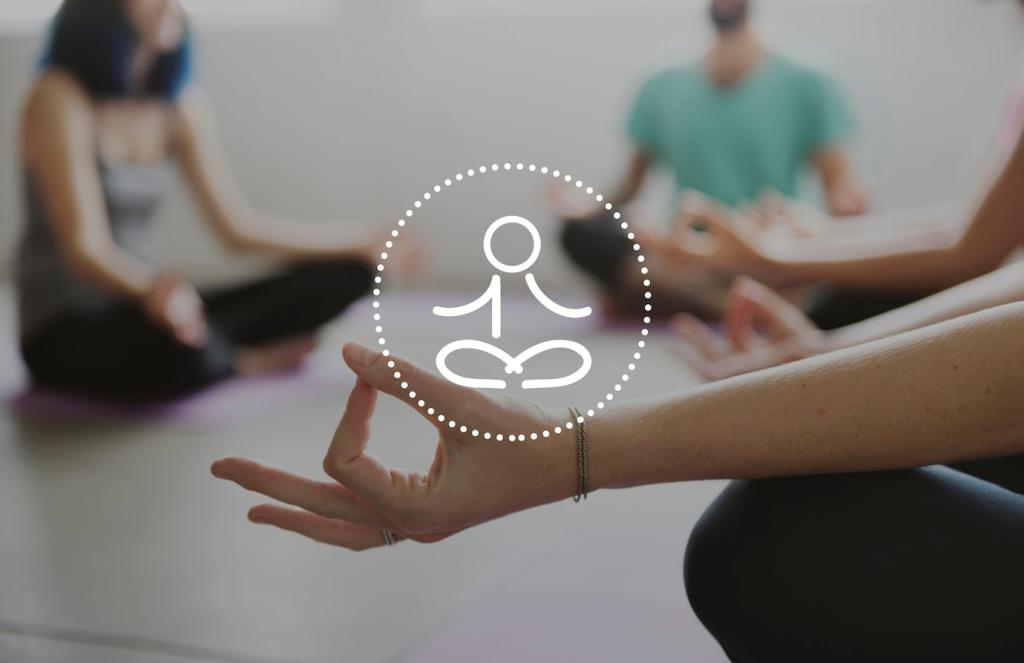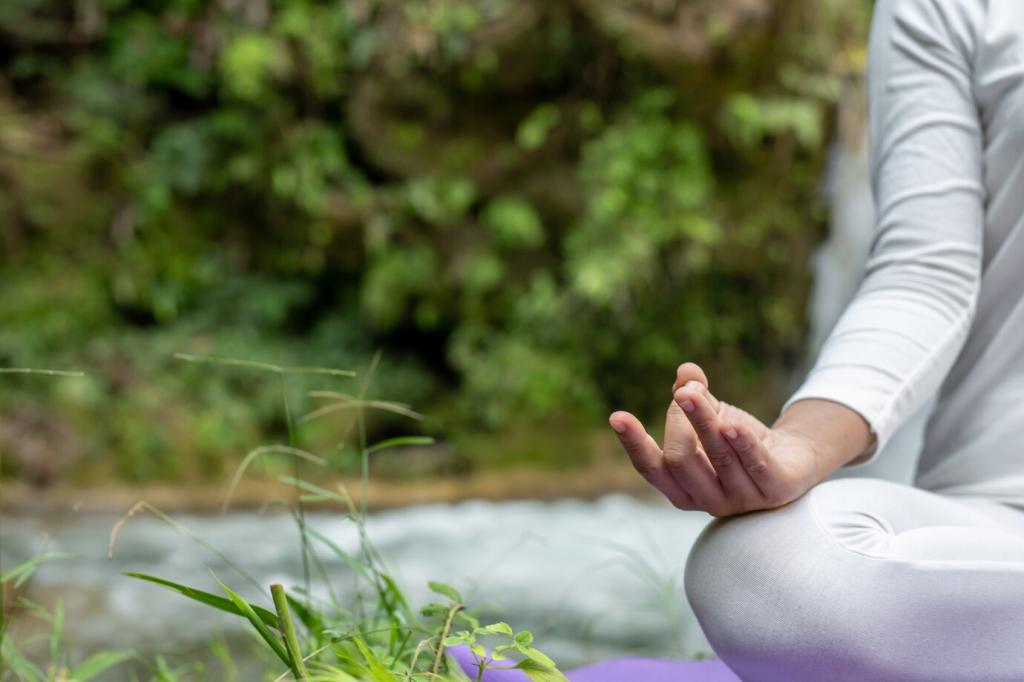Setting an Intention Before You Press Play
Select a single word—“ease,” “curiosity,” or “kindness.” Let it be a lightweight companion, not a demand. When the mind wanders, repeat it silently and return to the guide’s voice. This small gesture builds emotional continuity between your goal and your moment-to-moment experience.
Setting an Intention Before You Press Play
Before you start, write your intention on a sticky note or whisper it quietly. Physicalizing the intention makes it tangible and memorable. After the session, check in: did your attention feel steadier, softer, or more open? Share your reflections to help other beginners feel less alone.




